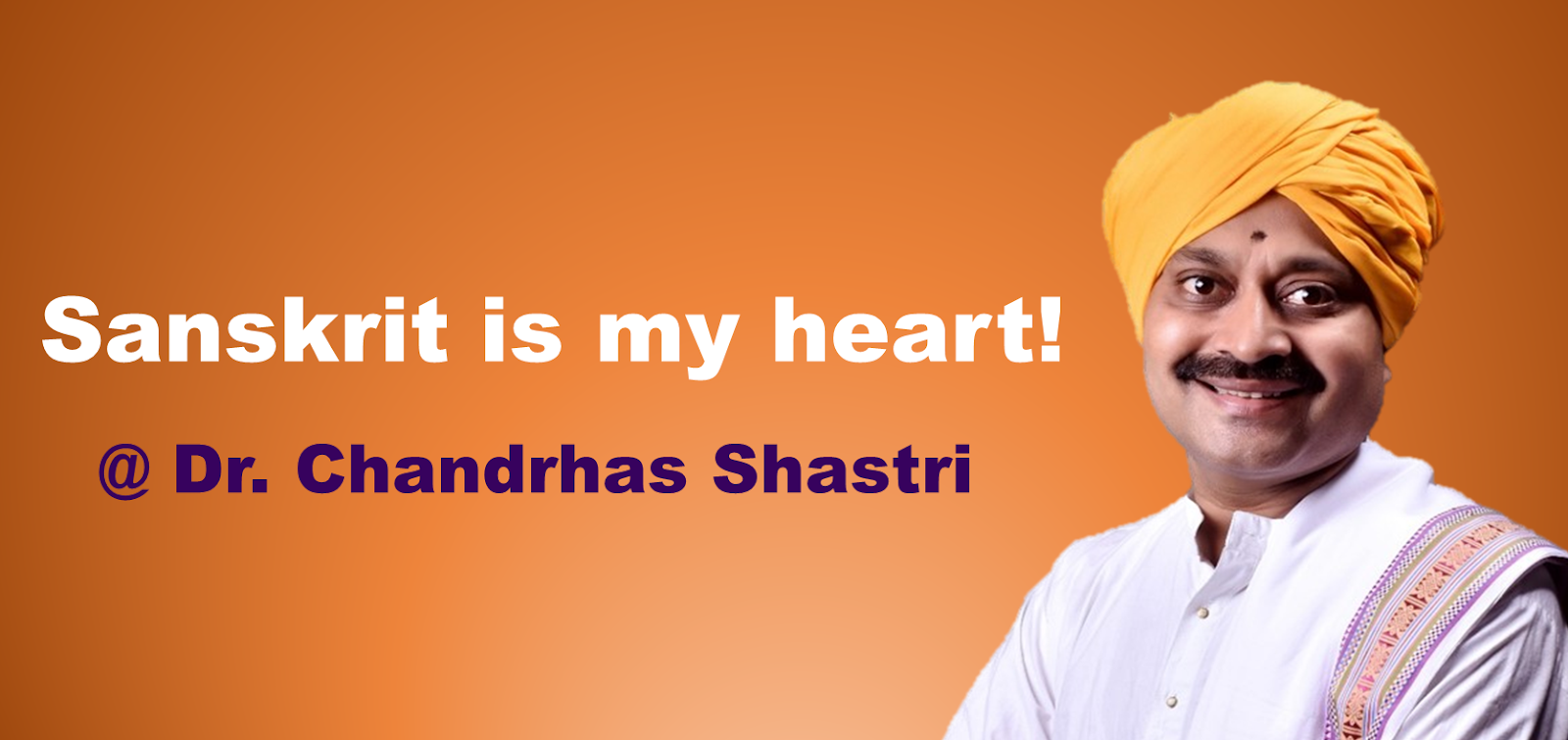Rainfall Prediction in Ancient India (With special Reference to Parashar)
@ Dr. Chandrhas shastri Sonpethkar
 |
| Dr. Chandrhasshastri Sonpethkar |
Introduction:
Farming depends upon rainfall. Life itself therefore depends on rainfall. In the book titled Krushi Parashar, we find a system to predict rainfall. The components of that system are planets and clouds. According to Parashar, Each year have a particular planet as a ruler another as a minister and particular cloud also.
Planets and their effects in their ruling:
0. The Sun:
Average rainfall. Diseases of the eye. Train of fever. Scanty rainfall. Continues window blowing.
1. The Moon:
Heavy rains. Sure to enrich the earth with good harvest. Below health of mankind.
2. The Mars:
Scanty rains. Damage to crops. Diseases among people.
3. The Mercury:
.Good rains. The earth is free of diseases. There is plenty harvest. It is the best in favor of all crops.
4. The Jupiter:
Satisfactory rainfall. People enjoy the peace of mind. Good rainfall with prosperity.
5. The Venus:
Excellent rainfall. Prosperity and plenty results. Best for food grains.
6. The Saturn:
Dry, dusty, storming rains, war, diseases. Scanty rains. Continues wind.
How do we find out the ruler Planet of the year?
1. Multyply the number denoting the saka year by three.
2. Add two.
3. Divide the result by the number of sages. i.e. 7
4. The remainder in the number indicating the ruling planet of the saka year.
5. The planet which is 5th from the ruler planet indicates the minister planet of the year.
Example: Saka x 3 = 1936 x 3= 5808
5808+ 2= 5810
5810/7 = 830
here the remainder is zero. so the ruler planet is the sun which has the effect as mentioned above.
Clouds:
Add the types of the fire which is three to the number of denoting saka year. Devide by the number of Vedas. It means four. The remainder of the division indicates the type of the cloud.
Example:
1936 + 3= 1939
1939/4= 3
It means no. of cloud is third.
Order and results of the cloud:
0. Avarta: Rains at some parts
1. Samvarta: Rains everywhere
2. Pushkar: Scanty water
3. Drona: The earth becomes full of water.
So the result is- (for year 2014)
in this year the minister planet is the venus and the cloud of the year is Drona. So it is predicted that in this year rainfall should be Excellent.
It is just example to know what is the process of rainfall prediction according to Parashara, 4th century B.C. The author does not insist you to believe or not believe that theory.
(Mistakes are the part of my limitations. Correctness is the part of my mentors' blessings.)
Jay Shreekrishna!



















































